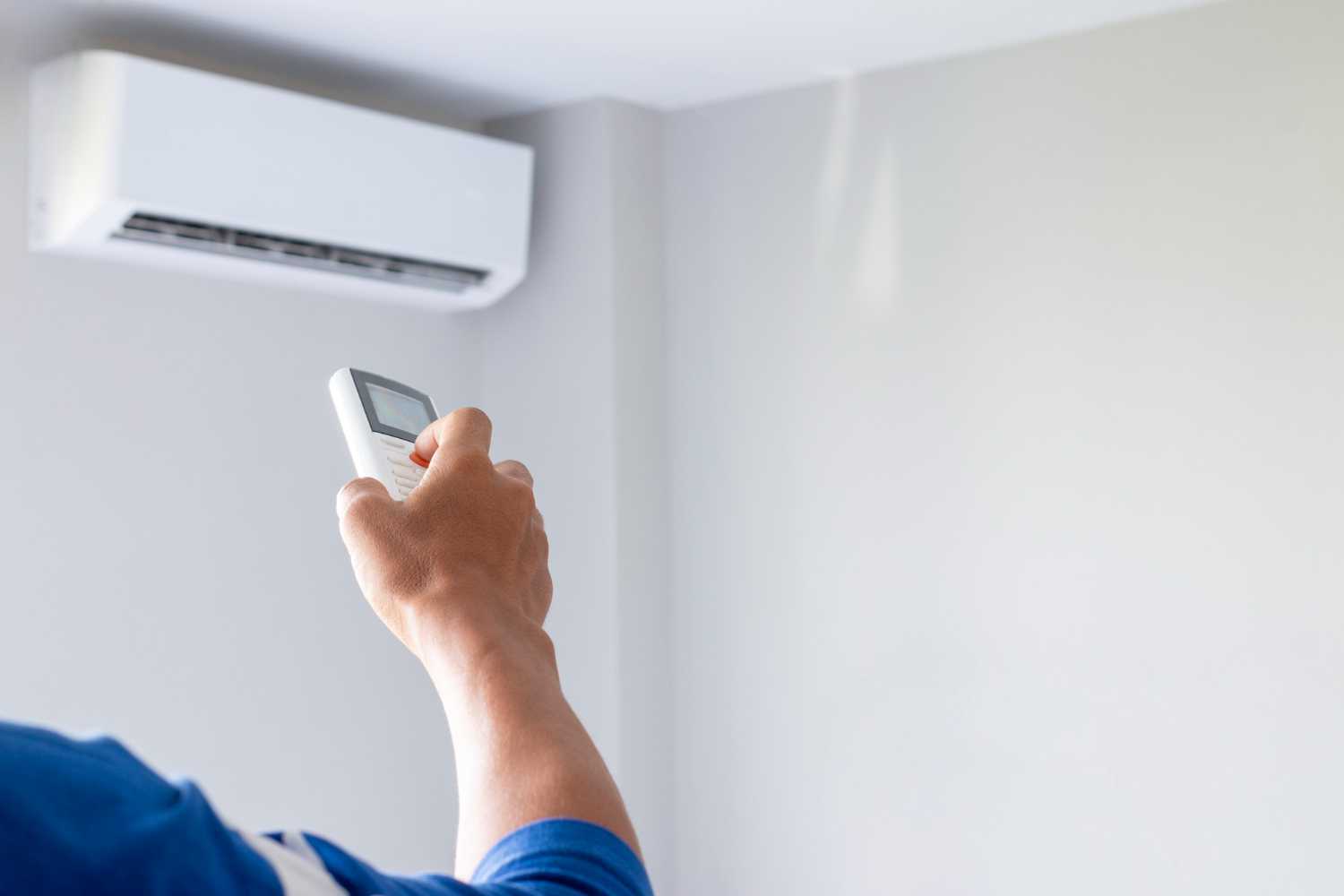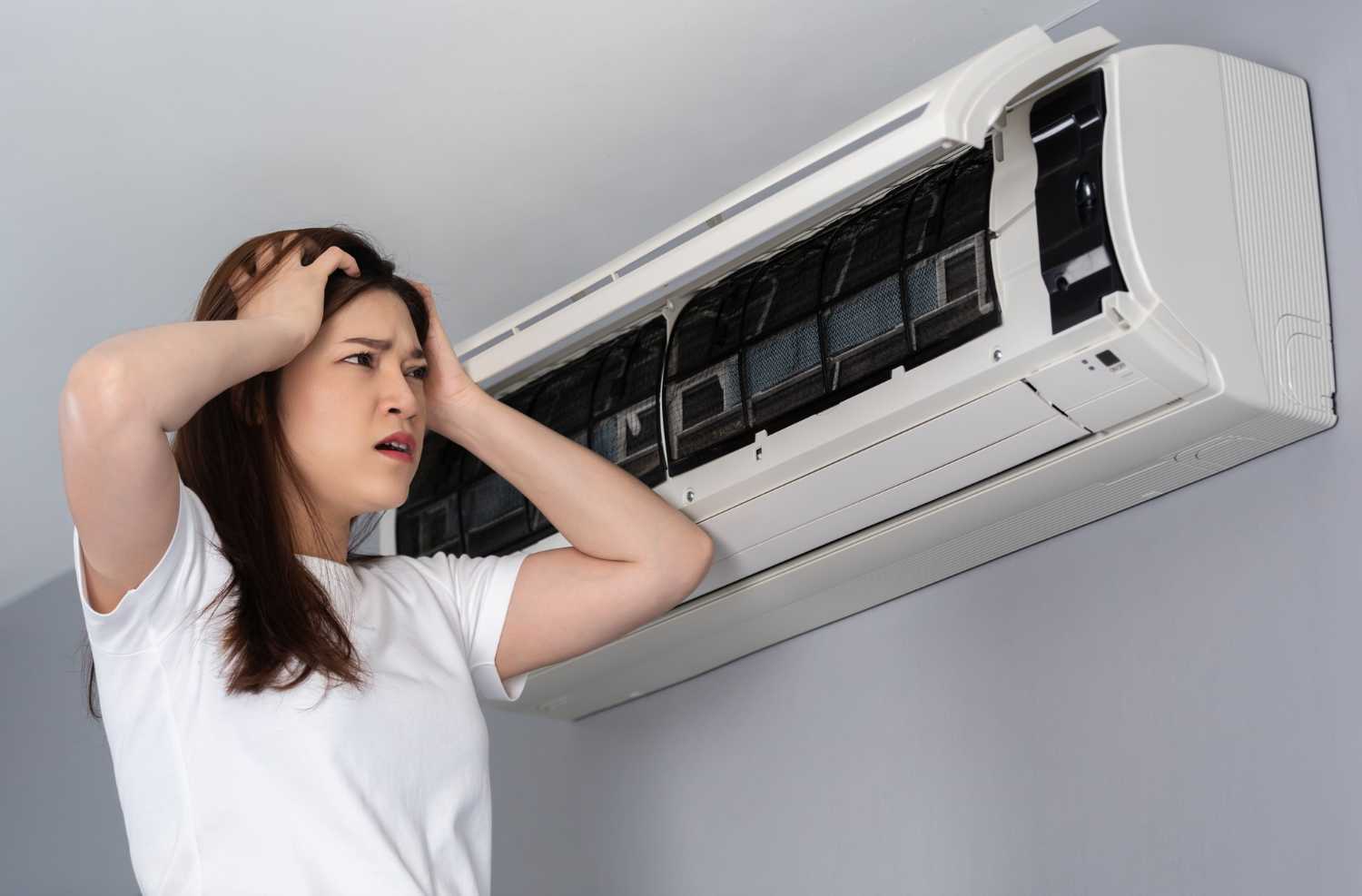A high-pitched whistling sound coming from your air conditioner can be more than just annoying. It might start as a faint noise and build into something that’s hard to ignore. During the peak of summer in Phenix City, homeowners rely heavily on their AC systems to stay comfortable. So when this strange noise shows up, it’s not just a sound—it’s a sign that something isn’t right.
Ignoring it could lead to serious problems in your cooling system. In many cases, that whistling sound means there’s air trying to move through spots it shouldn’t, or parts struggling to run correctly. Whether the issue is minor or something more complex, it’s smart to take action quickly before the system breaks down or causes other damage in your home.
Common Causes Of High-Pitched Whistling Noises
There are a few possible reasons you may hear high-pitched whistling from your AC. These issues often start small but can grow into larger complications if left unchecked. Most of the time, it’s the system telling you something’s wrong with airflow or a mechanical component.
Here are some of the most common causes of whistling noises in air conditioners:
– Clogged or dirty air filters: When filters are full of dust and debris, air struggles to pass through. That resistance can cause a high-pitched whistling as the system tries to force air where it can’t go easily.
– Leaks or blockages in the ductwork: Gaps, holes, or crushed areas in the duct system can let pressurized air escape. This escape route often creates a whistling sound as air rushes through narrow openings.
– Low refrigerant levels or leaks: If refrigerant is leaking or pressure is too low, it can result in a whining or whistle-like sound as gas moves through the system in an unusual way.
– Mechanical problems: A failing blower motor or worn-down fan blades can start to squeal as they spin. The pitch often changes with speed or intensity of use, which can be especially noticeable during long summer cooling cycles.
For example, a homeowner in Phenix City reported a whistling sound coming from their vents after noticing airflow wasn’t reaching certain rooms. It turned out the return air vent was blocked by a rug and the air filter hadn’t been changed in over five months. Once the blockage and filter were handled, the noise disappeared.
Whistling is your unit’s way of calling for attention. Whether it’s airflow obstruction or a part starting to wear down, any of these problems can affect energy use and system lifespan. That’s why identifying the source early matters.
Diagnosing The Whistling Noise
To stop the noise, you first need to understand exactly where it’s coming from and what causes it. While guessing rarely works, careful observation can point you and our professionals in the right direction.
Here are a few ways to zero in on the source of the whistling:
1. Notice when the noise starts. Does the sound happen only when the unit turns on or off? Is it constant? Knowing when it starts can help pin down whether the cause is airflow or mechanical.
2. Check if the sound is coming from the inside unit, outside condenser, or the ductwork. This can help eliminate some causes right away. A noise at the vents usually means a duct or filter problem. If it’s loud near the blower, the issue might be internal.
3. Look at vents and filters. Dirty vents or dusty filters are common culprits. Remove the filters and hold them up to the light. If you can’t see through them, they’re likely causing airflow restrictions.
4. Inspect accessible ductwork. Visible damage like kinks, tears, or disconnected sections could be leaking air. You may also feel airflow around unsealed joints.
If you’re unsure or hear the sound getting louder, it’s time to involve our technicians. Some parts, like refrigerant lines and fan motors, need to be diagnosed and handled by trained professionals to avoid injury or system damage. Letting the problem continue means risking more expensive repairs or total unit failure when you need your unit most.
Waiting too long can lower system performance, hike up your power bill, or even shorten the life of your unit. Catching the noise early and finding out the cause makes all the difference during a hot Phenix City summer.
Solutions To Fix The Whistling Noise
Once you’ve narrowed down where the noise is coming from, taking the right steps to solve it quickly can help prevent damage and restore normal operation. It’s important to stay focused on actual causes instead of guessing or putting off repairs.
Here are the most common solutions based on typical causes:
– Replacing or cleaning air filters: If your filter is packed with lint, dust, or pet hair, the airflow becomes restricted and noise increases. Replace disposable filters or clean reusable ones every 30 days during the summer, especially in humid areas like Phenix City where AC systems run often.
– Inspecting and sealing ductwork: Leaky ducts can be hard to spot if they’re hidden behind walls or ceilings, but if you have access to your attic or crawlspace, you can sometimes hear or feel the air escaping. Our technicians can run a full diagnostic and repair those leaks using proper sealing materials or foil-backed tape to close gaps and improve airflow.
– Fixing refrigerant issues: A whistling noise tied to refrigerant means something is off with pressure levels, often due to a leak. You might also notice uneven cooling, ice buildup, or warm air blowing from vents. Leaks must be located with professional tools and resealed safely. Refrigerant handling should always be done by trained professionals to meet safety requirements.
– Servicing moving parts: Worn blower motors, broken belts, or unbalanced fan blades can all create high-frequency noises. A tune-up can include tightening components, adjusting speeds, or lubricating moving parts, all of which help quiet down loud operation and extend equipment life.
Waiting too long to fix these problems won’t make them go away. The good news is that in most cases, the repair is straightforward. What matters is making time to address it properly rather than letting small problems grow into large ones.
Preventative Measures To Avoid Future Problems
Preventing whistling sounds from happening again starts with regular upkeep and system checks. By staying ahead of wear and tear, you reduce the chance of performance problems right when you need your AC most.
Here are some simple and effective habits that homeowners in Phenix City can follow:
– Change air filters monthly in high-use seasons
– Visually check ductwork once a season for damage
– Keep vents and registers clear of rugs, furniture, and decor
– Schedule inspections with our professionals before the summer heat arrives
– Use the recommended filter type and size as listed in your system manual
Equally important is making sure your AC unit was installed the right way from the start. Poor installation can create long-term airflow imbalances, undersized returns, or improper system matching, all of which contribute to unwanted system noise. If your system is older or consistently performs below expectations, it may be worth looking into professional evaluations to confirm that your current setup matches your home’s airflow needs.
Consistent maintenance and proper system setup go a long way in keeping your AC quiet, efficient, and reliable throughout the summer.
Keeping Your Cooling System Quiet All Summer Long
A loud, whistling AC is more than just a sound problem—it’s something that points to performance issues that affect comfort, efficiency, and long-term operation. Whether it’s a clogged filter, damaged duct, or mechanical part needing service, ignoring the noise can lead to damage and higher operating costs.
Phenix City homeowners who stay proactive by addressing noises, booking preventive care, and choosing expert service are far more likely to have quiet, consistent cooling through even the hottest months. Every part of your AC system has a role in keeping air flowing properly, and when something’s off, your system will let you know.
Taking the time to understand what the whistling means and acting on it prevents breakdowns, protects your investment, and keeps your home cool without the noise. A quieter, more efficient AC unit helps you enjoy summer at home without unnecessary distractions or discomfort.
If your AC is making disruptive noises or not keeping your home as comfortable as it should, it may be time to consider upgrading your current system through air conditioner installation in Phenix City, which can improve performance and energy efficiency during the hotter months. Priority Heating & Air is here to help ensure your home stays cool and quiet while protecting your investment. For a quick estimate or to book a service visit, please contact us today.


